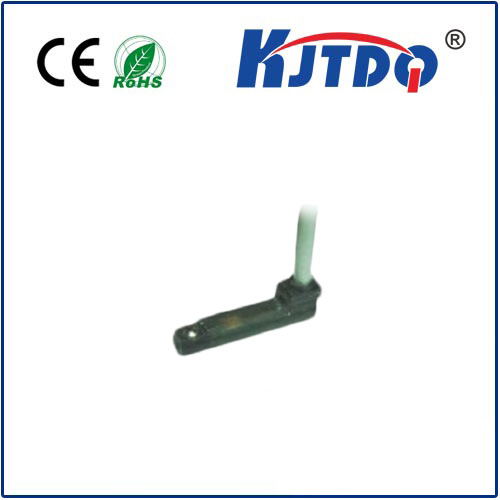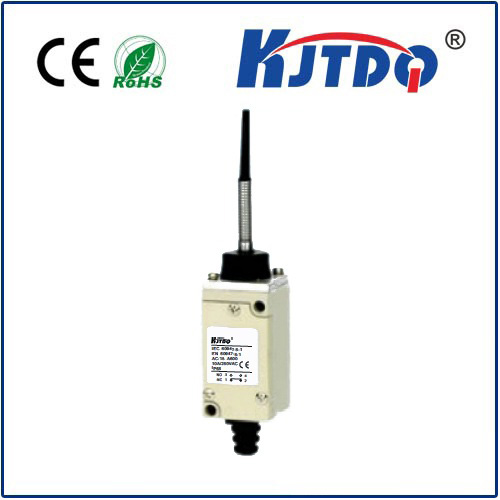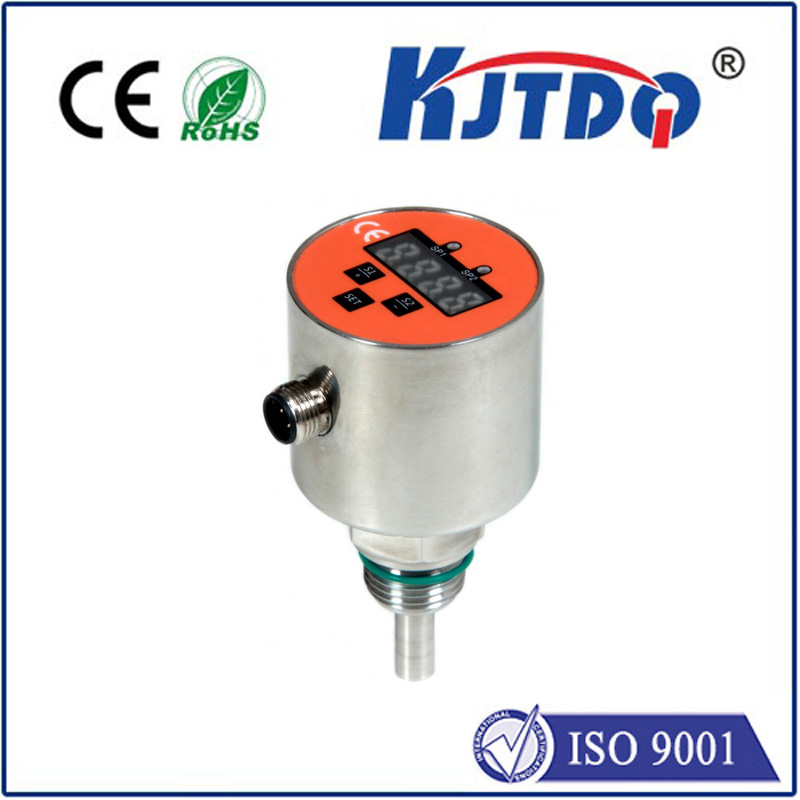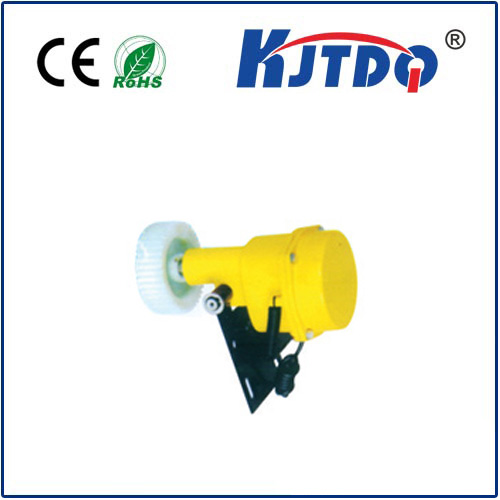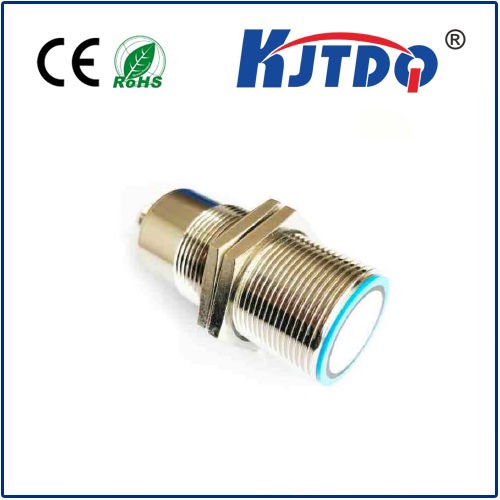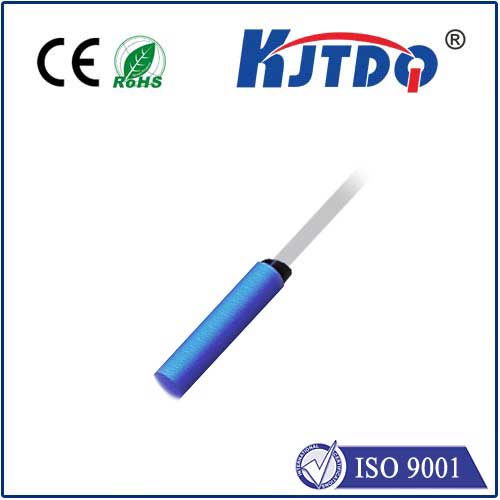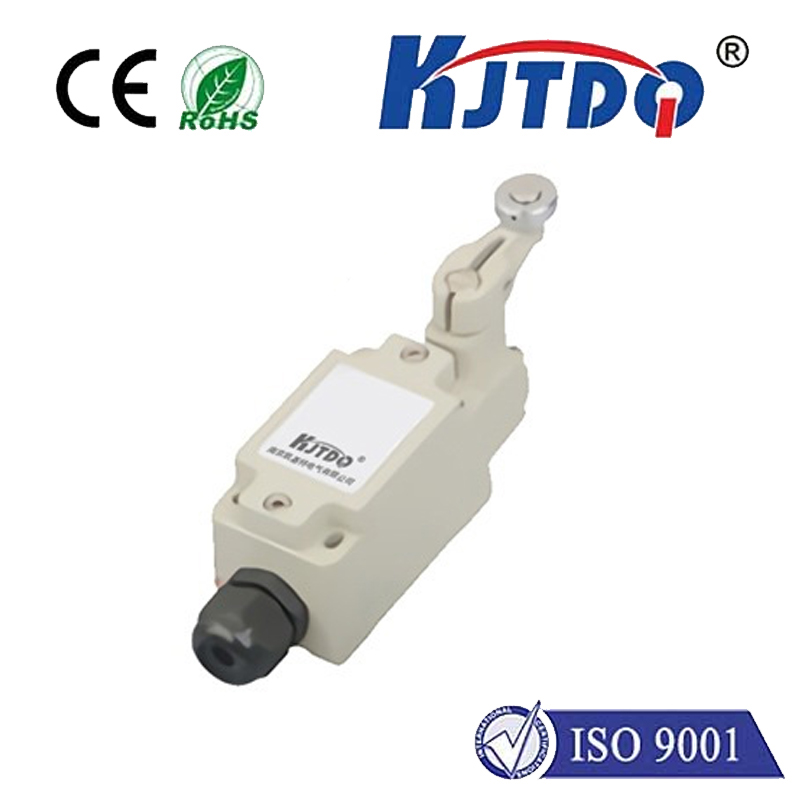sensor temp
- time:2025-08-22 04:09:36
- Нажмите:0
Sensor Temp: The Hidden Nervous System Powering Our Technological World
Have you ever wondered how your refrigerator magically keeps your food fresh, how your car knows when the engine might overheat, or how a weather station delivers those crucial temperature forecasts? The silent hero behind these everyday marvels is the humble temperature sensor – the often-overlooked component translating the physical reality of heat into the digital language our machines understand. Far from being a simple gadget, temperature sensing technology forms a critical nervous system within countless modern applications, demanding precision, reliability, and constant innovation.
Understanding the Core: What is a Sensor Temp Device?
At its essence, a temperature sensor (or Датчик температуры) is a device designed to detect and measure thermal energy – the kinetic energy of particles within a substance or environment. Its fundamental job is to convert this thermal data into an interpretable signal, typically electrical (like voltage or resistance changes) or digital. Think of it as a translator, bridging the gap between the physical phenomenon of heat and the electronic systems that need this information to function effectively. Accurate temperature monitoring is not merely convenient; it’s often absolutely critical for safety, efficiency, and performance.
The Diverse Landscape of Temperature Sensing Technologies
The world of sensor temp devices is surprisingly diverse, employing different physical principles to achieve the same goal:

- Thermocouples: These widely used sensors generate a small voltage proportional to the temperature difference between two junctions of dissimilar metals. Valued for their ruggedness, wide temperature range capability, and relatively low cost, they are staples in industrial settings, furnaces, and engine exhaust monitoring.
- Resistance Temperature Detectors (RTDs): Operating on the principle that a metal’s electrical resistance changes predictably with temperature, RTDs (often Platinum-based, Pt100/Pt1000) offer superior accuracy and stability over narrower ranges than thermocouples. They are the go-to choice for laboratory work, precision industrial processes, and medical applications.
- Thermistors: These semiconductor-based sensors exhibit a large, predictable change in resistance with temperature. Negative Temperature Coefficient (NTC) thermistors decrease resistance as temperature rises and are common in consumer appliances, battery packs, and medical thermometers for their high sensitivity. Positive Temperature Coefficient (PTC) thermistors increase resistance with rising temperature and are often used for over-temperature protection circuits.
- Infrared (IR) Sensors / Pyrometers: These non-contact sensors detect infrared radiation emitted by an object, calculating its surface temperature based on the intensity. They are indispensable for measuring moving objects (like conveyor belts), extremely hot or hazardous surfaces, or scenarios where contamination is a risk. Applications range from manufacturing lines to building diagnostics and medical thermography.
- Semiconductor Sensors (IC Sensors): Integrated circuits incorporate temperature-sensitive elements (like diodes) and onboard signal processing. They output easy-to-use digital signals (e.g., I2C, SPI) or analog voltages. Known for their ease of integration, linearity, and low cost, they are ubiquitous in consumer electronics, computer motherboards, environmental monitoring, and automotive systems.
Why Sensor Temp Performance Matters Immensely
The criticality of temperature monitoring extends far beyond preventing a melted ice cream cake:
- Industrial Process Control & Safety: Precise temperature measurement is vital for chemical reactions, material curing, food and pharmaceutical production (safeguarding quality and compliance), and preventing catastrophic equipment failure due to overheating. Process optimization heavily relies on consistent thermal data.
- Automotive Systems: Modern vehicles deploy numerous temperature sensors to monitor engine coolant, oil, intake air, cabin climate, exhaust gases (for emissions control), and battery systems (especially in EVs). This data is crucial for engine management efficiency, optimal battery performance/longevity, passenger comfort, and overall vehicle safety.
- Medical & Healthcare: From patient core temperature monitoring and fever detection to regulating temperatures in incubators, sterilization equipment, diagnostic imaging machines (MRI, CT), and during intricate surgeries, accurate sensors ensure patient safety, device effectiveness, and treatment efficacy.
- HVAC & Building Management: Efficiently heating and cooling our homes, offices, and data centers relies entirely on sensors providing data to control systems. This ensures comfort while minimizing energy consumption and operational costs. Server rooms heavily depend on constant temp monitoring.
- Consumer Electronics & Appliances: Preventing your smartphone processor from throttling, ensuring your oven cooks evenly, safeguarding laptop batteries, and enabling smart thermostats all hinge on reliable embedded temp sensors. They are fundamental to device longevity and user experience.
- Environmental Monitoring: Weather stations, agricultural systems monitoring soil and air temp, and climate science all depend on sensors providing precise environmental data for forecasting, research, and resource management.
Emerging Trends and the Future of Sensor Temp Technology
The evolution of Датчик температуры continues briskly:
- Miniaturization: Sensors are becoming incredibly small, enabling integration into wearables, miniature medical implants, and densely packed electronic devices.
- Wireless Connectivity & IoT: Sensors embedded with wireless capabilities (Wi-Fi, Bluetooth, LoRaWAN, NB-IoT) are fueling the Internet of Things (IoT), enabling remote temperature monitoring of assets across vast distances – crucial for supply chains (cold chain logistics), smart cities, and industrial IoT applications.
- Enhanced Integration & Smart Sensors: Combining temperature sensing with other environmental measurements (humidity, pressure) on a single chip and adding local processing capabilities (edge computing) creates smarter, more context-aware devices.
- Improved Accuracy, Stability, and Power Efficiency: Ongoing material science and circuit design research constantly pushes the boundaries of performance while reducing power requirements, essential for battery-powered applications.
Choosing the Right Sensor Temp Solution: Key Considerations
Selecting the optimal temperature sensor involves careful evaluation:
- Temperature Range: What minimum and maximum temperatures must the sensor accurately cover?
- Required Accuracy & Stability: How precise must the measurements be? How much drift is tolerable over time?
- Response Time: How quickly must the sensor react to temperature changes?
- Operating Environment: Consider exposure to moisture, chemicals, vibration, pressure, and electrical noise.
- Contact vs. Non-Contact: Can the sensor touch the target, or is non-contact (IR) necessary?
- Output Signal & Interface: Compatibility with existing systems (analog voltage, digital protocol, etc.).
- Size Constraints & Power Budget: Particularly critical for portable and wearable electronics.
- Cost: Balancing performance requirements with budget limitations.
Ensuring Long-Term Reliability: Calibration and Maintenance
Even the best sensor can drift over time or suffer damage. Regular calibration against traceable standards is essential to maintain measurement accuracy, especially in critical applications like healthcare, manufacturing, and scientific research. Understanding the sensor’s datasheet specifications regarding stability and recommended calibration intervals is crucial for sustained reliable operation.
The “simplistic” sensor temp is, in reality, a sophisticated component fundamental to the smooth, safe, and efficient operation of our technologically driven world. From the engine in your car to the smartphone in your pocket and the vast networks managing our global infrastructure, these tiny sentinels of heat are constantly at work, silently translating the language of temperature into actionable intelligence. As technology advances and our reliance on precise environmental data grows ever deeper, the importance of innovative, robust, and intelligent temperature sensing solutions will only continue to escalate, solidifying its role as the indispensable nervous system of modern technology.


